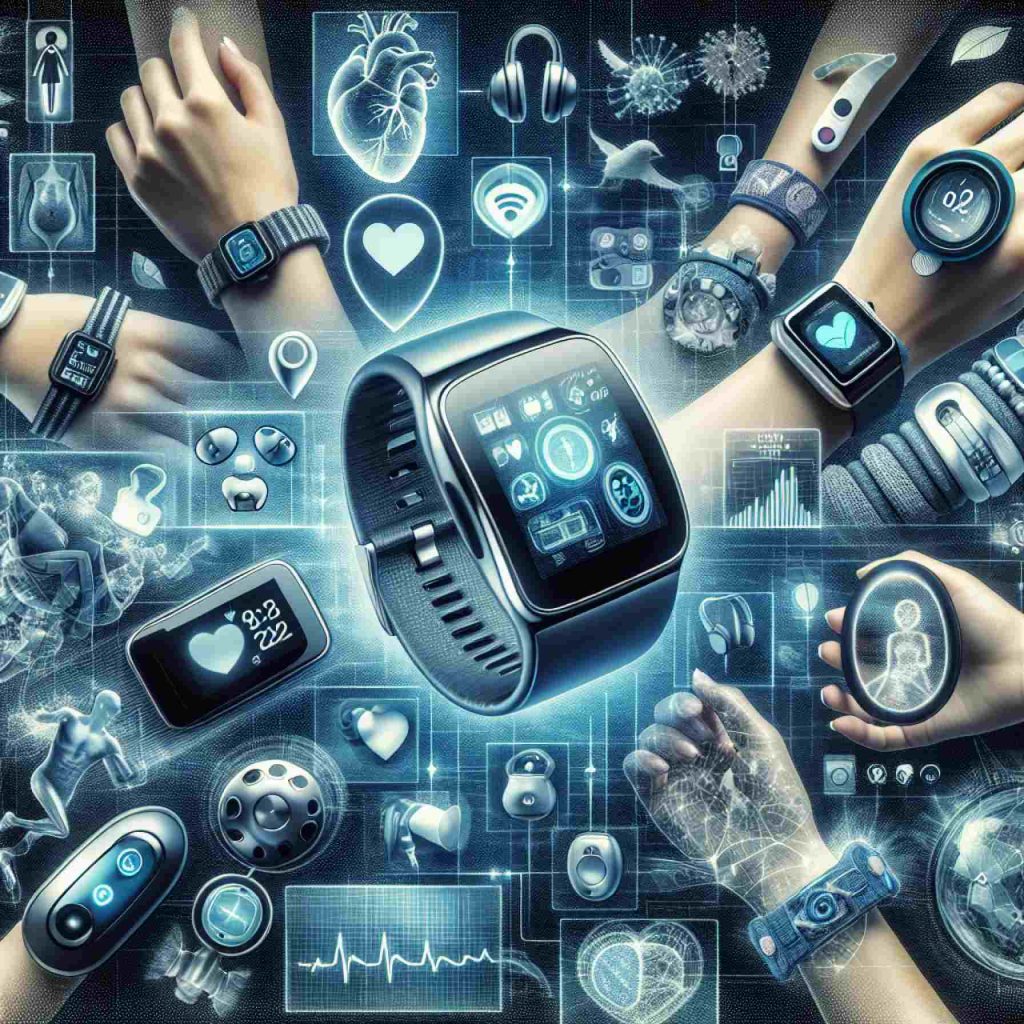
- Technological innovation is transforming women’s health, with wearable tech providing critical insights into the female body.
- A collaboration between Dhruv Seshadri and Ultrahuman focuses on understanding how menstrual cycles affect female athletes’ training and performance.
- Wearable devices monitor physiological responses, offering actionable insights for athletes and coaches.
- In South India, efforts are underway to dismantle taboos around women’s health through education and advocacy.
- The initiative aims to replace stigma with knowledge, promoting menstrual hygiene and maternal care.
- Wearable tech is redefining healthcare by providing personalized health insights, impacting societal norms and athletic performance.
- The overarching message is that innovation can reshape healthcare inclusively, offering women tools to manage their health narratives.
A surge in technological innovation is revolutionizing the way we approach women’s health, as wearable technology emerges as a powerful ally in understanding the intricacies of the female body. In a dynamic partnership between Assistant Professor Dhruv Seshadri and Ultrahuman, an enterprising company from India, groundbreaking projects are shedding light on the often overlooked aspects of women’s physiological health.
Picture a world where wearable devices seamlessly track and analyze the hidden rhythms of the female body. The first venture in this ambitious initiative focuses on female athletes, tapping into the untapped potential of data to explore how menstrual cycles impact training regimens, recovery, and even susceptibility to injuries. Imagine a runner poised at the starting line, shoe laces taut, heart racing, as her wearable device diligently monitors her physiological responses to the physical demands ahead. This research decodes the biological language, translating the unsaid signals of the body into actionable insights that athletes and coaches can directly apply.
Meanwhile, in the lush landscapes of South India, another wave of transformation is taking place. Seshadri and his team spearhead a campaign that marries cutting-edge research with robust community engagement, aiming to dismantle age-old taboos surrounding women’s health. Through education and advocacy, they address critical issues surrounding menstrual hygiene and maternal care. This initiative paints a hopeful picture, envisioning a society where knowledge replaces stigma, empowering women to embrace their health confidently.
The true power of this collaboration rests in the potential it unlocks. Wearable tech isn’t merely about counting steps or tracking calories; it’s about pioneering a new frontier where personalized health insights drive meaningful change. By demystifying the menstrual cycle’s influence on athletic performance and challenging deeply ingrained societal norms, Seshadri and Ultrahuman are writing a new chapter in the story of women’s health.
The key takeaway here is resounding: innovation, when harnessed with care and understanding, can reshape the landscape of healthcare to be more inclusive and informed. With wearable tech as a guide, we stand on the brink of a future where every woman has the tools to master her own health narrative.
Revolutionizing Women’s Health with Wearable Technology: Breakthroughs and Beyond
Wearable Technology: A Game-Changer in Women’s Health
Wearable technology is making significant strides in revolutionizing women’s health, offering deeper insights into physiological changes and challenging traditional health paradigms. This surge in innovation spearheaded by Assistant Professor Dhruv Seshadri and Ultrahuman marks a pivotal moment in personalized healthcare.
New Dimensions in Women’s Health Monitoring
1. Wearables and Menstrual Cycle Insights:
– Wearable devices now have the capability to monitor menstrual cycles, providing invaluable data on hormonal fluctuations and their effects on physiology. This information aids in optimizing training schedules for female athletes, minimizing injury risks during different cycle phases.
– Devices such as the Apple Watch and Fitbit, with features like period tracking, allow women to receive reminders about their cycle phases and predicted dates, fostering proactive health management.
2. Addressing Menstrual Hygiene and Maternal Care:
– In South India, initiatives led by Seshadri focus on educating women about menstrual hygiene and maternal health. By employing technology to create interactive and accessible educational platforms, these efforts are breaking down stigmas and empowering women.
– The goal is to elevate health literacy in remote areas, ensuring women are informed and equipped to manage their health effectively.
Market Growth and Emerging Trends
1. Explosive Market Growth:
– The global women’s health technology market is projected to grow substantially, with an emphasis on personalized healthcare solutions that cater to women’s unique health needs.
– According to a report by Grand View Research, the wearable technology market is expected to reach $62 billion by 2025, driven by innovations in health tracking features.
2. Emerging Trends:
– Integration of AI and machine learning to personalize recommendations based on individual health data.
– Development of new biosensors that provide more accurate readings and insights into a woman’s physiological status.
Reviews, Comparisons, and Limitations
1. Reviews and Comparisons:
– Popular wearables, such as Fitbit, Garmin, and Oura Ring, provide competitive features for women’s health tracking, each with unique strengths. Garmin, for instance, is highly praised for its detailed metrics for runners, while Oura Ring offers exceptional insights into sleep patterns.
2. Limitations:
– Despite advancements, there are concerns regarding data privacy and the need for continuous research to ensure the accuracy of menstrual cycle tracking.
– Accessibility and affordability remain challenges in widespread adoption, particularly in underserved communities.
Pros and Cons of Wearable Technology in Women’s Health
Pros:
– Enhanced understanding of individual health patterns.
– Empowerment through actionable insights and data-driven decisions.
– Reduction in health-related stigmas through education and engagement.
Cons:
– Potential data privacy issues.
– Dependence on technology may overlook essential clinical insights from traditional methods.
Actionable Recommendations
– Tip for Women: Utilize wearable tech to keep track of health metrics and engage actively with the data to optimize daily routines, workouts, and overall wellness.
– Tip for Coaches and Health Professionals: Leverage the data from wearables to tailor training regimens and health plans to individual women’s physiological changes.
For a deeper dive into the latest in wearable technology and its impact on health, visit Ultrahuman. Stay informed about how innovation is reshaping health and wellness landscapes.
Conclusion
Harnessing the power of wearable technology paves the way for a future where women can navigate their health journeys with confidence and clarity. By bridging gaps in understanding and overcoming societal stigmas, innovation remains key in transforming women’s health. With ongoing advancements, the potential for enhanced well-being is limitless, launching a new era in personalized healthcare.



